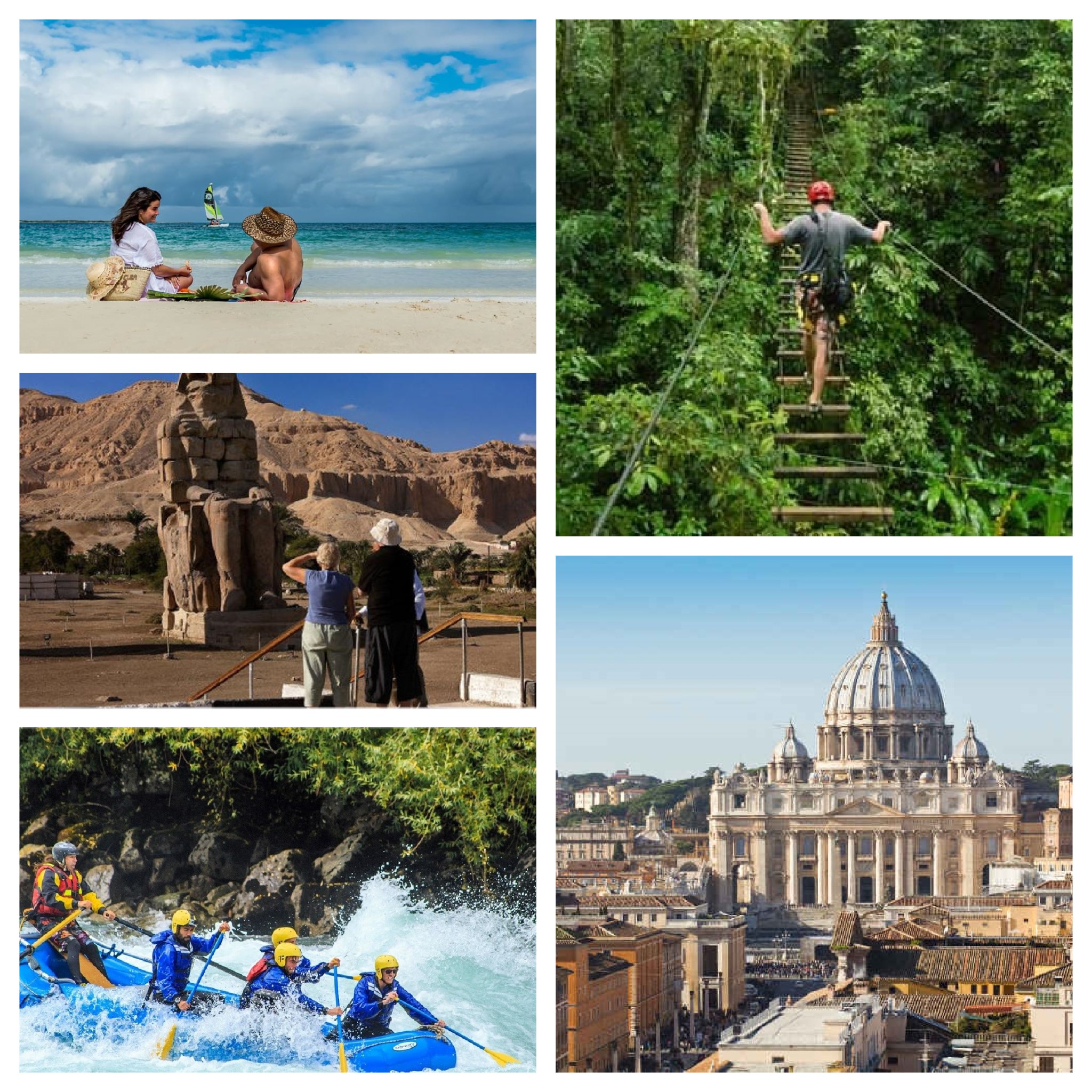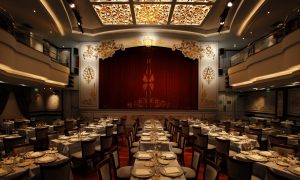
Tourism was born in the nineteenth century, as a consequence of the Industrial Revolution, whose main intention is leisure, relaxation, culture, health, business or family relations.
In this article we are going to talk about those different types of tourism, that are called “tourism typologies”. Tourism can be classified in different ways depending on tourist’s needs.
We are going to start with traditional tourism:
Sun and beach tourism: that occurs in coastal locations, and most of the time, is in places with sunny weather and mild temperatures.
Cultural tourism: This type of tourism seeks to understand the local history, typical meals, local productions, and local culture.
Recreation tourism: Characterized by traveling to escape from the routine of life. It is usually done for entertainment, leisure time or pleasure. For example, camping or a beach visit.
Then we have
Alternative tourism: it refers to those trips that are intended to recreational activities in direct contact with nature and cultural expressions. For example:
Adventure tourism: referred to doing explorations or high risk sports in contact with nature. This requires good physical condition.
Ecological tourism: It is focused on tourism activities in which sustainability, preservation and appreciation of the environment are privileged.
Rural tourism: It is a tourist activity that takes place in a rural or natural space, usually in small towns or outside the urban area.
Sustainable tourism: it was created with the purpose of minimizing the impact on the environment and local culture, and also to generate income and employment for the local population.
We also have other types of tourism, less traditional like
Gastronomic tourism that is a very particular way of doing tourism, where the gastronomy of the visited country is the fundamental fact of the visit. It is perfect for those who are willing to have a culinary adventure, try new things and explore flavors.
Religious tourism: The main destinations of this typology are places of devotion and pilgrimage, its main motivation being faith. For example, different cathedrals or cities where historical religious events have taken place.
Dark tourism: it has been defined as tourism involving travel to places historically associated with death and tragedy.
Astronomic tourism: Referred to different activities such as observation of the stars with telescopes or in observatories and it also include activities such as camping, visits to astronomy museums or planetariums and projections with astronomical themes.
There are many more typologies of tourism, and there will be more in a few years, but these were some of the ones I found interesting to mention and show that there is much more than traditional tourism (the one that we all know).







